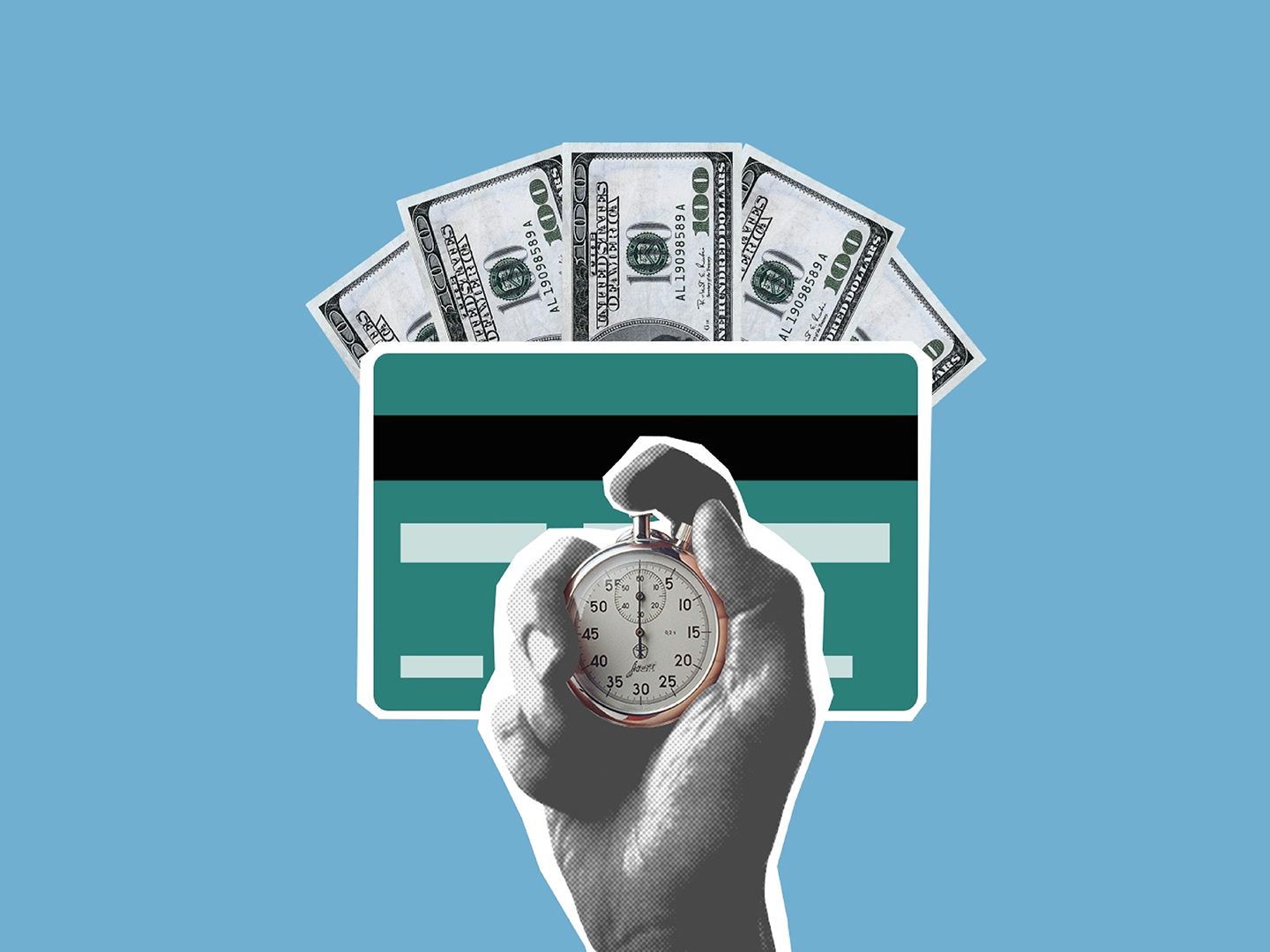As a professional investor, you should recognize all the various kinds of foreign exchange pattern indications. This post will review 11 of the most influential trend signs investors should know about. We will certainly also give a summary of each indicator and exactly how it can be used to boost your trading outcomes. So, if you seek to become a better investor after that, keep reviewing!
Moving Average Convergence Divergence (MACD)
The MACD is a fad indication that shows the relationship between 2 moving averages of costs. The MACD line is determined by subtracting the 26-day rapid relocating average (EMA) from the 12-day EMA. A nine-day EMA of the MACD called the "signal line" is then outlined in addition to the MACD line, which can function as a trigger for deal signals.
Relative Strength Index (RSI)
The RSI is an energy indication that measures the speed and the modification of price activities. The RSI oscillates between absolutely no and 100, with readings below 30 suggesting an oversold market and over 70 indicating an overbought market. Investors commonly try to find buy signals when the RSI exceeds 30, as well as sell signals when it crosses below 70.
Bollinger Bands
Bollinger Bands are a type of trading band or envelope positioned over and below an average relocating line. The top Bollinger Band has commonly established two standard deviations above the moving standard, while the lower Bollinger Band has established two standard deviations below it. Bollinger Bands can be made use of to determine overbought as well as oversold markets, as well as to generate deal signals.
Parabolic SAR
The Allegorical SAR (Stop as well as Reverse) indicator is a technical evaluation device that J. Welles Wilder Jr. established in 1978. The sign is used to recognize prospective reversals in rate fads and can be utilized to create deal signals. The Parabolic SAR is presented as a collection of dots positioned either above or listed below the rate bars on a graph. A dot is listed below the cost bar when the SAR indicates a possible buy signal, and a dot is placed above the cost bar when the SAR shows a potential sell signal.
Moving Average
A moving average is a technical evaluation device that is made use of to smooth out rate information and also determine fads. Relocating standards are determined by taking the middle of a certain number of prices over a given duration. The most distinct periods used for relocating bars are 200 days, 100 days, 50 days, 20 days, and also ten days. Moving averages can be utilized to create buy and sell signals and recognize support and resistance levels.
Fibonacci Retracement
Fibonacci retracement is a technological evaluation device utilized to identify prospective support and resistance degrees. Fibonacci retracement degrees stem from the Fibonacci series, a series of numbers that starts with 0 and 1. Also, each subsequent number in the collection is the sum of the previous two numbers. One of the most usual Fibonacci retracement levels is 0.382, 0.500, 0.618, and 0.786.
Stochastic Oscillator
The stochastic oscillator is a momentum sign that determines the speed and adjustment of price activities. The stochastic oscillator is shown as a line that oscillates between no and 100, with readings below 20 indicating an oversold market and analyses above 80 suggesting an overbought market. Traders typically look for buy signals when the stochastic oscillator crosses over 20 and seek sell signals when it goes below 80.
Ichimoku Cloud
The Ichimoku Cloud is a technical evaluation tool used to identify prospective support and resistance levels. The Ichimoku Cloud is displayed as a cloud-like area on a chart, with the uppermost part of the cloud standing for resistance and the lowermost portion representing assistance. The Ichimoku Cloud can additionally be utilized to generate deal signals.
Price Action
Price activity is a technological evaluation that looks at the motion of rate over time without using indicators. Price activity can be used to identify fads, support, and resistance levels and generate buy and sell signals.
Pivot Points
Pivot factors are technical analysis tools used to determine possible support and resistance levels. Pivot factors are calculated using a given period's high, reduced, and close prices. One of the most regular periods for pivot factors is daily, weekly, and monthly. Pivot points can be used to generate buy and sell signals and recognize trend turnarounds.
Candlestick Patterns
Candle holder patterns are graphical representations of rate action that can be utilized to identify prospective reversals in rate patterns. One of the most typical candle holder patterns is the hammer, inverted hammer, shooting star, and Doji. Candle holder patterns can be made use of to produce deal signals, as well as to identify support and also resistance levels.
Forex Terminology
What Is a Lot Size in Forex?
Related Articles

Pros and Cons of Trading Forex
When it comes to trading, there are numerous different choices offered to you. Among one of the most popular options is Forex trading. This kind of trading incl...

Forex Terminology
When you are trading in the foreign exchange market, it is important to be acquainted with the terms. This will aid you to much better recognize what the market...

Best Times To Trade Forex
Do you intend to generate income trading Foreign exchange? If so, you need to understand when the most effective times to trade are. Trading during these times...

